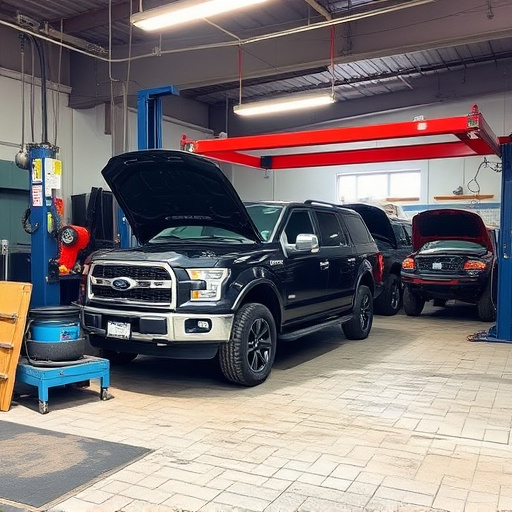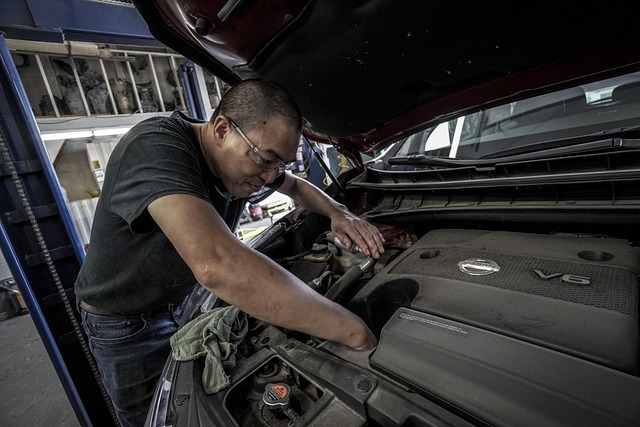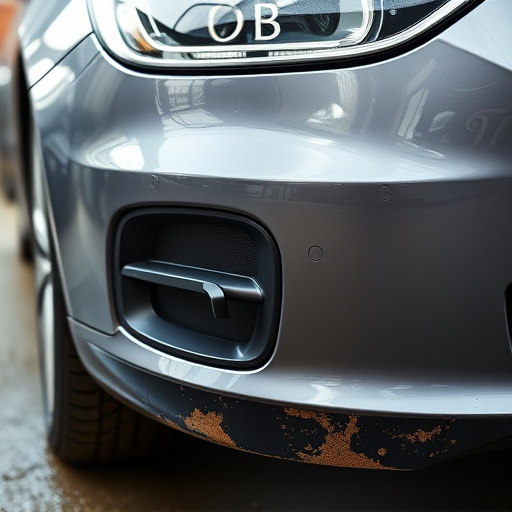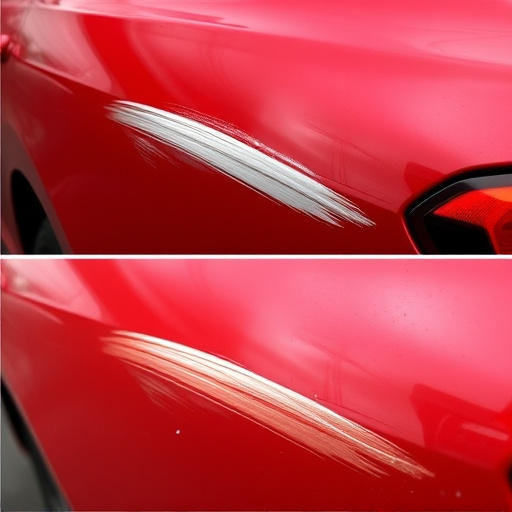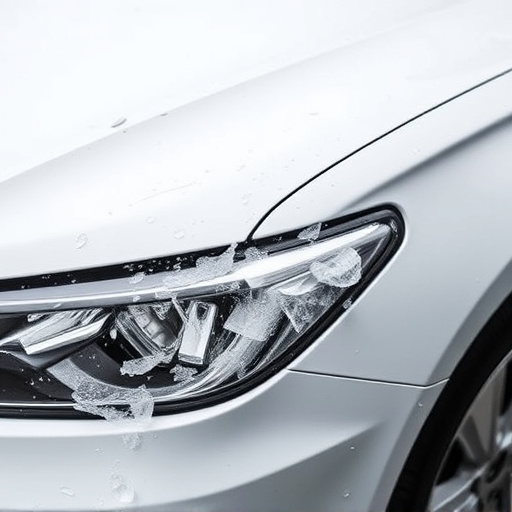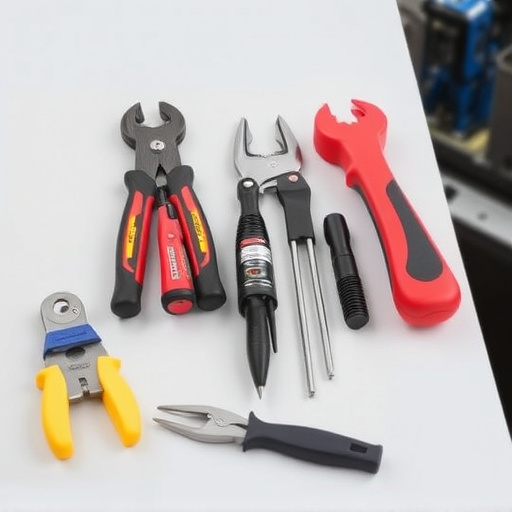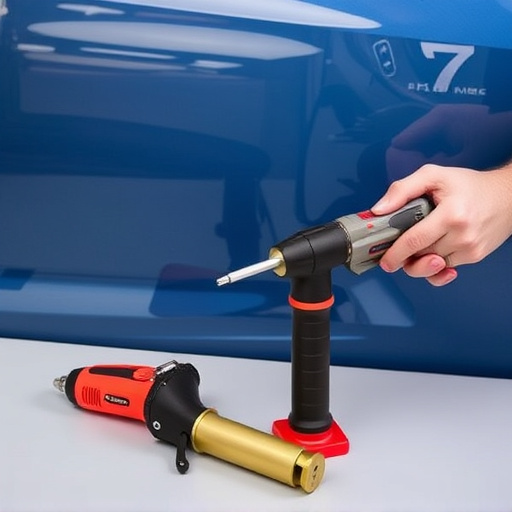Auto body moldings are crucial structural elements enhancing vehicle safety by absorbing and distributing impact energy during collisions. They protect occupants, maintain car structure integrity, and facilitate collision repairs. Modern materials and design ensure moldings meet strict safety standards, contributing to improved vehicle safety ratings and safer driving experiences.
Auto body moldings, often overlooked, play a pivotal role in vehicle safety. These structural components contribute significantly to crashworthiness by absorbing and distributing impact energy during collisions. In this article, we explore how auto body moldings fortify vehicles against accidents, delving into their design, material choices, and their crucial involvement in crash testing. Understanding these elements enhances our appreciation for the intricate systems that make modern cars safer.
- Auto Body Moldings: A Structural Defense
- Crash Testing: The Role of Moldings
- Enhancing Safety with Design and Material Choices
Auto Body Moldings: A Structural Defense
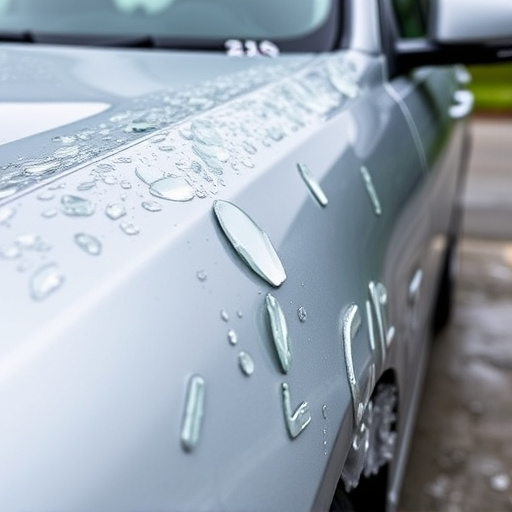
Auto body moldings are not just aesthetic features; they serve as critical structural elements that play a significant role in enhancing vehicle safety ratings. These moldings, meticulously designed and integrated into a car’s body, act as a defense mechanism against various types of impacts during automotive collisions. By dispersing and absorbing the force of an impact, auto body moldings help minimize damage to the vehicle’s cabin, thereby protecting occupants from severe injuries.
In the event of a collision, the energy generated can cause significant deformation in a car’s body. Auto body moldings distribute this energy across a larger area, preventing concentrated stress on vital components like doors, hoods, and fenders. This structural defense mechanism, combined with advanced safety features like airbags and crumple zones, significantly improves the overall safety of vehicles, ensuring better protection for both drivers and passengers during unexpected incidents.
Crash Testing: The Role of Moldings
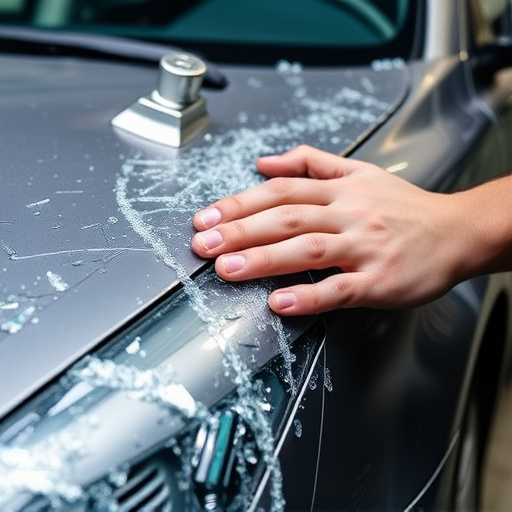
Crash testing is a critical component in determining a vehicle’s safety ratings, and auto body moldings play a significant role in these evaluations. These molded components are designed to absorb and distribute crash energy during a collision, helping to protect both the vehicle’s occupants and its structural integrity. By acting as a barrier and crumple zone, moldings can significantly reduce the risk of severe injury or death in a variety of impact scenarios.
During rigorous crash tests, vehicles are subjected to frontal, lateral, and rear impacts, simulating real-world accident situations. Auto body moldings, including fenders, door panels, and bumper components, are evaluated for their effectiveness in preventing penetration of the passenger compartment and maintaining the structural stability of the vehicle. Properly designed and installed moldings can enhance a vehicle’s overall safety rating, ensuring better protection for passengers and making collision damage repair more manageable. This, in turn, contributes to improved auto maintenance practices and the long-term safety of vehicles on the road.
Enhancing Safety with Design and Material Choices
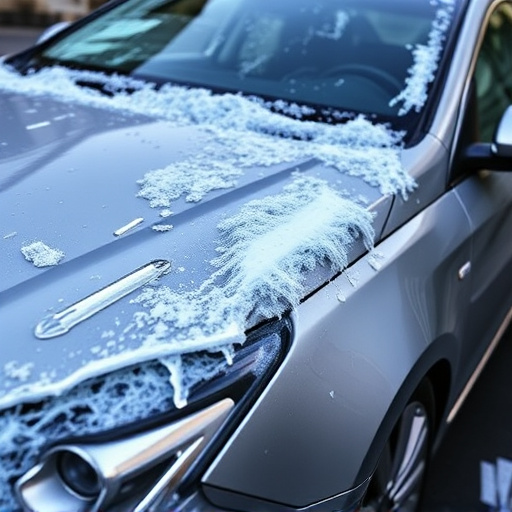
Auto body moldings, beyond their aesthetic appeal, play a pivotal role in enhancing vehicle safety ratings. The design and material choices behind these components contribute significantly to the overall structural integrity of a car during collisions. Modern auto body moldings are engineered with advanced materials that can absorb and distribute impact energy, protecting occupants and reducing the risk of severe injuries.
In an automotive body shop or collision repair center, technicians carefully select and install moldings that meet stringent safety standards. These strategic design elements not only reinforce the vehicle’s chassis but also help maintain the structural integrity of doors, fenders, and other crucial body panels. By prioritizing these components during repairs, auto glass repair becomes more effective, ensuring a safer driving experience for everyone on the road.
Auto body moldings play a critical role in enhancing vehicle safety, as evidenced by their robust performance in crash testing. By strategically incorporating these components during the design phase, manufacturers can significantly improve structural integrity and passenger protection. The choice of materials and innovative designs further contribute to better safety ratings, making auto body moldings an essential element for modern vehicles.


